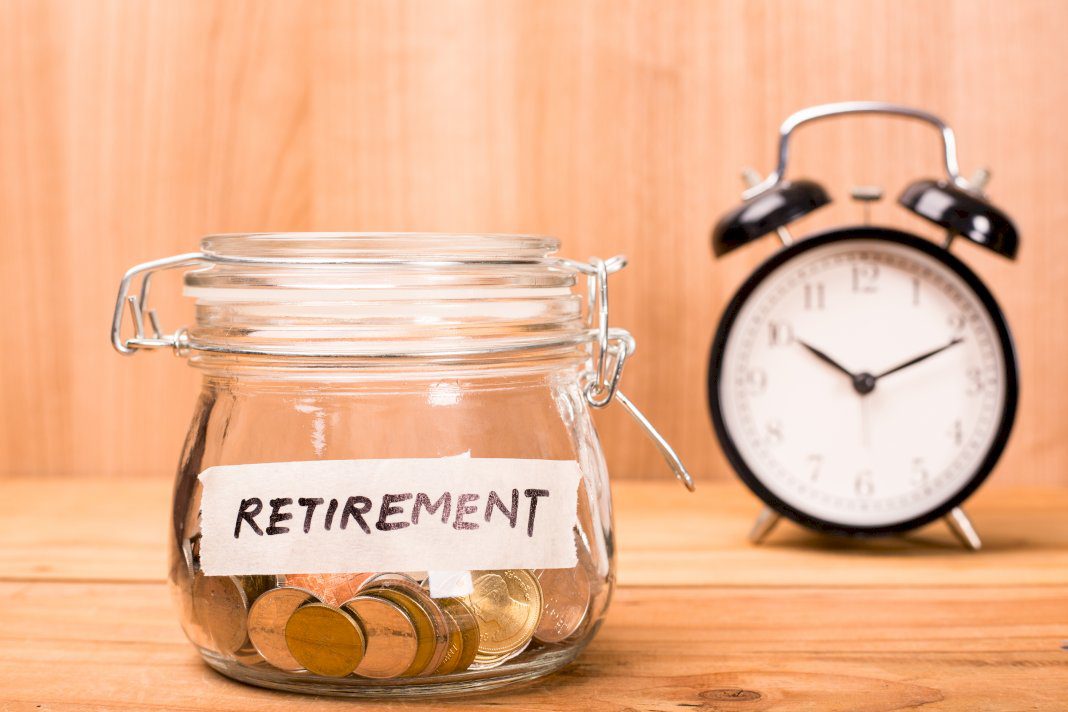Tired Of Being Broke? 14 Steps To Change Your Situation!

1) Assess Your Situation
The first step is to take a realistic look at your financial situation. How much money do you make? Do you have any debt? Knowing where you stand financially will give you clarity on how much work needs to be done.
2) Make A Budget
Once you know your starting point, it’s time to create a budget that works for you. Start by tracking all of your expenses and income for one month. Then use that information to develop a budget that focuses on saving as much money as possible while paying off debt.
3) Cut Costs
One of the best ways to free up extra cash is by cutting costs wherever possible. This could mean making small changes like packing lunch instead of eating out or bigger changes like switching to a more affordable cell phone plan.
4) Increase Your Income
If you’re still struggling to make ends meet, it might be time to look for ways to increase your income. This could mean getting a second job or finding side hustles that can help bring in extra money.
5) Invest Your Money
Once you start saving, it’s important to put that money into investments so it can grow over time. Consider investing in stock markets, index funds, and other investment vehicles that will help your wealth grow over the long term.
6) Invest in crypto
Cryptocurrency is becoming increasingly popular and could provide an additional source of income. Investing in crypto can be risky, so it’s important to do your research and understand the risks before investing any money. Visit bitcoineer to understand the crypto market and find the best investments for your goals.
7) Stay Motivated
Change doesn’t happen overnight, so it’s important to stay motivated throughout your journey. Celebrate small wins along the way and keep pushing towards your goals – you’ll get there eventually!
8) Get Professional Help
If you’re feeling overwhelmed by your financial situation, don’t hesitate to seek professional advice. A financial advisor or accountant can help you create a plan that will get you out of debt and build wealth over time.
9) Avoid mistakes
It’s important to avoid making common money mistakes such as taking on too much debt, investing in risky investments, or not saving enough for retirement. Learning from your mistakes and avoiding them in the future is an essential part of building wealth.
10) Live on Less Than You Make
The most important step of all is to live on less than you make. This means cutting back on your expenses and saving as much money as possible each month so you can use it for investments or emergencies.
11) Do the Math
At the end of the day, it’s important to do the math and make sure your plan is realistic. Calculate how much you need to save each month from reaching your goals, and stick with it. Make sure to review your finances and savings plan at least twice a year to make sure you’re on track.
12) Stay Focused
Stay focused on your goal, and don’t get distracted by short-term temptations. It may be difficult to turn down a new pair of shoes or an expensive dinner out – but remembering why you’re doing this in the first place will help keep you motivated.
13) Buy Real estate
One of the best investments you can make is in real estate. Investing in property has the potential to generate a steady stream of income and build long-term wealth. Consider researching different types of real estate investments and their potential benefits to help decide which ones are right for you.
14) Celebrate!
When you reach your goals, it’s important to celebrate and reward yourself for all the hard work you’ve done. Whether it’s treating yourself to a special dinner or taking a weekend getaway, make sure to take the time to enjoy your accomplishments!
If you’re tired of being broke and want to change your financial situation, there are several steps you can take. Start by making a budget and cutting costs wherever possible. Increase your income, invest in stocks, cryptocurrency, or real estate, and stay focused on the long-term goal. With determination and hard work, you can turn your finances around and enjoy a better life!



 According to a study by the National Institute on Retirement Security, nearly two-thirds of American workers between the ages of 55 and 64 have less than $30,000 saved for retirement. And that’s just one statistic that shows how many people are unprepared for retirement.
According to a study by the National Institute on Retirement Security, nearly two-thirds of American workers between the ages of 55 and 64 have less than $30,000 saved for retirement. And that’s just one statistic that shows how many people are unprepared for retirement. Get an Easy Part-Time Job
Get an Easy Part-Time Job